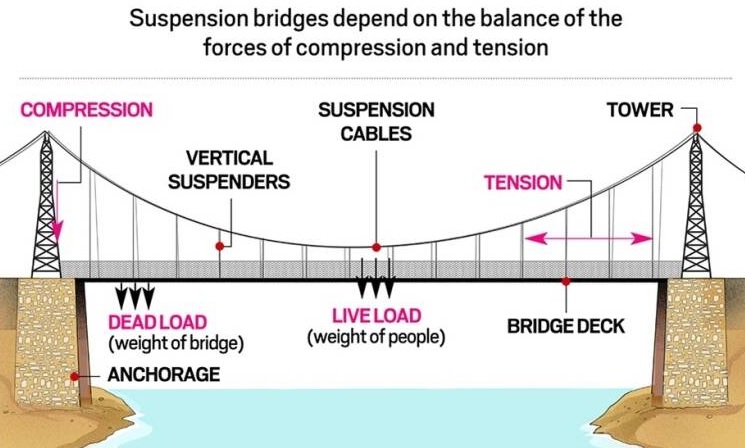7667766266
enquiry@shankarias.in
The Morbi tragedy raises several questions about urban governance and the issues faced by our cities, particularly small cities.

References